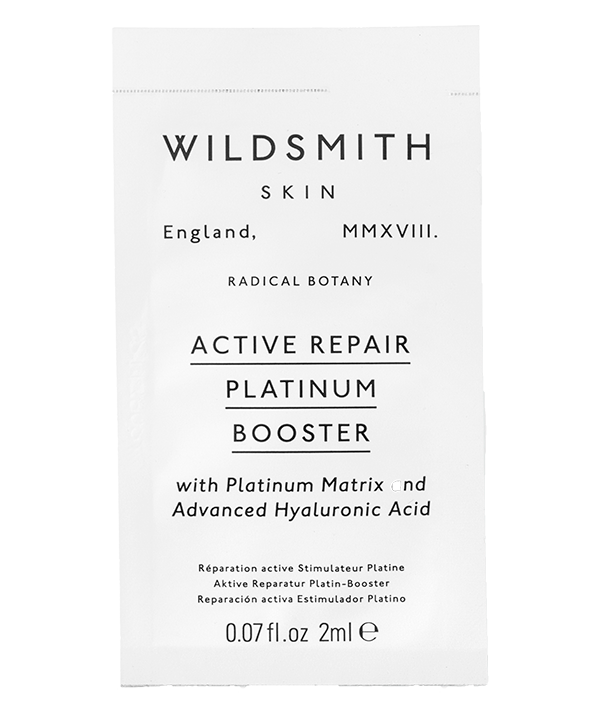Bob Roth is the world’s most in-demand Transcendental Meditation coach with some 25.7k followers on Instagram, many of them celebrity devotees. He sat at the feet of guru Maharishi Mahesh Yogi in the 1970s and today he dispenses wisdom to stressed-out, 21st-century souls, including war veterans, British school children and Katy Perry. By Kathleen Baird-Murray
Bob Roth is a very busy man. It’s taken three months to track him down since I first met him – at an event to launch his new book Strength in Stillness. That took place in the basement of a Covent Garden bookstore, with 30 other Roth fans sitting on fold-up seats. Standing before us in his blue suit, looking more like a CEO than a devotee of the Maharishi Mahesh Yogi (who famously taught Transcendental Meditation to The Beatles; Roth learned how to teach from the guru in 1972), we listened intently, the cold, snowy darkness, the elbowing on crammed public transport we’d endured to get here in rush hour forgotten, left behind in the outside world, as Roth imbued us with a sense of calm. Since then, according to that reliable source, Instagram, he’s been hanging out with Stella McCartney, Katy Perry, Hugh Jackman, Ellen DeGeneres and the Pope – thankfully not all at the same time. And now, with two months off ahead of him, he’s on the phone to me from Los Angeles. “It’s been insane,” he says, “and trust me, I never imagined it, never desired it, still don’t desire it. I know it’s all good, and I love teaching meditation… but still!”

Let’s take a breath here (no pun intended). Roth is a meditation teacher. As in, sit still for 20 minutes twice a day, chant a mantra, and well, meditate. It’s not exactly a rock-star profession. So why the rock-star following? Why the fan base that includes Russell Brand, Martin Scorsese, Jerry Seinfeld and Oprah Winfrey? He has no idea. “None of this was strategic or tactical,” he says. “Knowing famous people – I don’t even have to ask them, they just volunteer and say, ‘How can I help?’ Katy Perry says it helped save her life. The publicity is just publicity, but people continue to do it because it works. And the reason businesses support it and schools want it is because of the research.”
And therein lies the secret behind the growing popularity of Roth’s particular type of meditation. Transcendental Meditation, or TM, is backed up with thorough, extensive research. “Data is all-important,” says Roth, who teaches the practice in schools, prisons, and to war veterans and Hollywood stars, all via the David Lynch Foundation, “because in order to change public health policy and shift scarce public money to address a mental health issue, you have to have data to back it up. And that’s the way it should be. If we’re just going to talk about a few wealthy people doing some yoga, learning meditation and then their life goes back to normal after that, well fine. But if we’re talking about a public health modality, you have to be able to show the changes to the way the brain, and the cardiovascular, respiratory and nervous systems all function.”

David Lynch Foundation Students Course
Having stats and studies published in peer-reviewed scientific journals, which show both the immediate and long-term changes to the brain after meditating, is a strategy that has paid off and resulted in several state bodies taking TM seriously. Very seriously. The US Department of Defense granted $2.4 million for a study conducted by the Veterans Administration Hospital in San Diego on the effects of TM on 203 veterans from the Iraq and Afghanistan wars with post-traumatic stress. Preliminary results show a marked reduction in PTS symptoms among the meditating veterans compared to the non-meditating controls. In addition, the US National Institutes of Health has awarded more than $26 million over the past 20 years to study the impact of TM on reducing high blood pressure, and the risk of stroke and heart disease. The research has been conducted at leading US medical schools and published in the American Medical Association’s Archives of Internal Medicine and the American Heart Association’s Hypertension. In 2013, the American Heart Association stated that TM is the only meditation or relaxation technique shown to reduce high blood pressure. The David Lynch Foundation is using these findings to work to secure government funding for all veterans and for everyone covered by Medicare with high blood pressure to learn to meditate for free. “It’s fine to be sceptical about meditation,” says Roth, “but don’t close the door and be cynical when it has been proven right.”
So how does it work? For most people, the brain is either brainstorming, with your mind day dreaming, wandering or thinking creatively using its “imagination network”; or it’s concentrating, making decisions and using its powers of judgment via the pre-frontal cortex, which governs executive functioning as well as the default mode network. Brain research shows that TM awakens both the attention and imagination networks both during and after the practice – while stress shuts them down and depresses them, resulting in difficulties thinking clearly. “Most people use one network or the other. For example, we are either concentrating on a task at hand which eliminates the ability to brainstorm or our mind is wandering which takes offline the ability to focus sharply. However, recent research shows that the most creative people in the world have both of the networks functioning simultaneously and in harmony.” Perhaps this explains why among Roth’s following there are so many creative people dedicated to their twice daily meditations. Learning TM is a commitment – it’s not something you can pick up from listening to a podcast or reading a book. You have to book in with a certified instructor and follow a course of 60 minutes each day over four consecutive days during which you’re given a unique mantra. But once done, that’s it, you’re ready to go with your 20 minutes twice a day. “And you can do it just about anywhere: in your own home but also on a train, bus, car, plane. One other really key thing: TM is very enjoyable to practise! You look forward to it every day.”

David Lynch Foundation Vets Course
Roth believes that although the principle is over a thousand years old, it’s more relevant to the 21st century than at any other time. The David Lynch Foundation focuses on working in schools across America, but has recently launched research projects in two south London schools. “Children today are faced with more stress than ever,” says Roth. “24/7 social media, bullying, academic pressure, social pressure – stress is literally killing the next generation, either by the slow death of self-medicating with drugs, alcohol, anti-depressants, or by suicide, which is at an all-time high, particularly among girls.”
Even with his vast experience, Roth was shocked at the feedback from pupils. “I gave a talk to 60 eight year olds a few months ago and asked them, “How many of you feel anxious?” Every single hand went up. When I was eight I didn’t even know what anxious meant, did you? I asked them, “How many of you have difficulty sleeping at night?” and half the hands went up. Insomnia at the age of eight! And then I realised – we are in danger of losing a generation. These weren’t kids growing up in the Bronx, they were from comfortable homes, but still the stress and pressure was worrying.”
In fact the problem of stress transcends all socio-economic demographics – though it manifests in different ways. “In a wealthier home, the child is thinking, ‘I have to get into the best college, I have lacrosse, Hebrew class, dance class, I have no time, I am being bullied on line and I don’t have enough Likes on my Instagram.” Trauma registers the same in children from wealthy homes as it does in a poorer home. “But in the wealthier home, the child acts out with suicide, self-harm or opioid abuse, while in the poorer home the child acts out with violence, which lands them in jail.” What’s the solution? Move to the countryside? “The highest rate of teen suicide in the world is in New Zealand,” says Roth.
But while that’s a damning indictment of the way society fails to protect childhood today, the effect of TM on children – tomorrow’s adults – is profound. “It’s a non-pharmacological, non-invasive treatment and prevention modality, and the earlier we start showing children how to use it the better.” Roth cites the book The Self Driven Child by William Stixrud and Ned Johnson, which explains that it’s the brain of the two year old, the six year old and the eight year old that grows and develops into the brain of the adult. “How that adult male deals with women, deals with his fears, his challenges… it starts at an early age,” he continues. “And they’re now saying there’s a disproportionately high number of women with Alzheimer’s and that it starts in adolescence with the changes going on in the brain. Even high blood pressure starts as a child.”
The children Roth teaches are lapping it up. Compared with other methods of meditation or mindfulness, TM is said to be far easier to learn, with the repetition of the mantra taking away the need to empty the mind – something which most of us find hard to do. “They’re increasingly appreciative, even aged eight. We say, ‘Who would like to do something that’s fun, enjoyable, takes a few minutes twice a day and will take away that anxiety?’ And they say, ‘Will I become a superhero?’”
With a little help from Roth, I suspect we all can.
All of the proceeds of Bob Roth’s book, Strength in Stillness go towards the David Lynch Foundation. To find out more about learning Transcendental Meditation click here.
Wildsmith Skin donates £500 to the charitable causes featured in The Wildsmith Papers.










